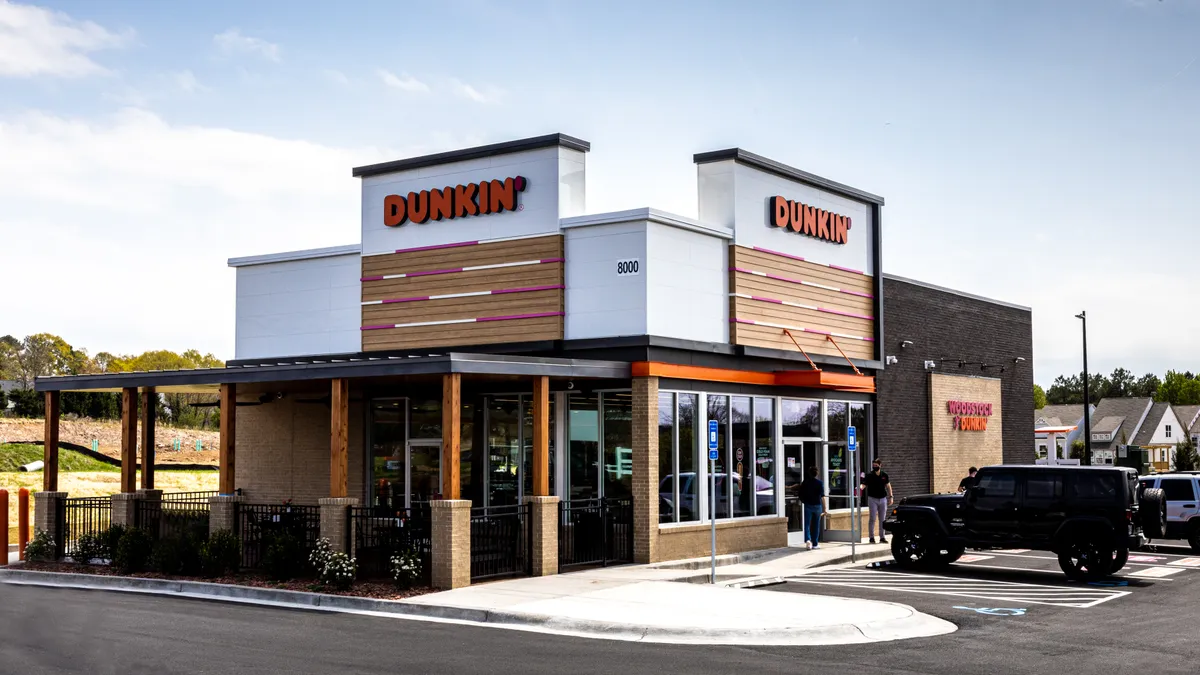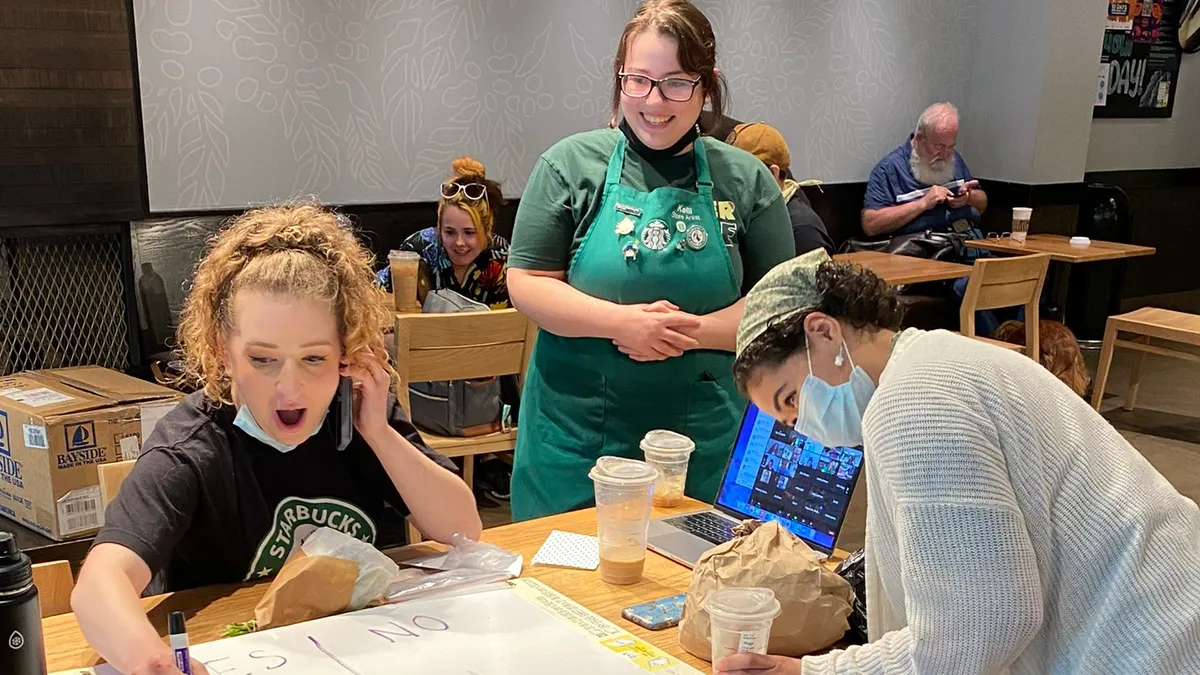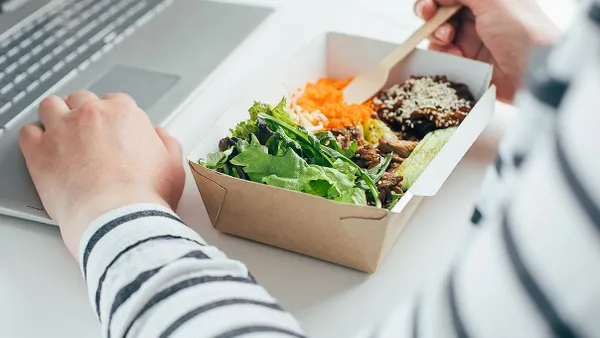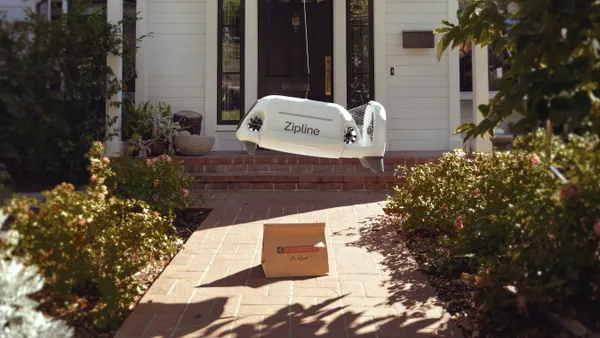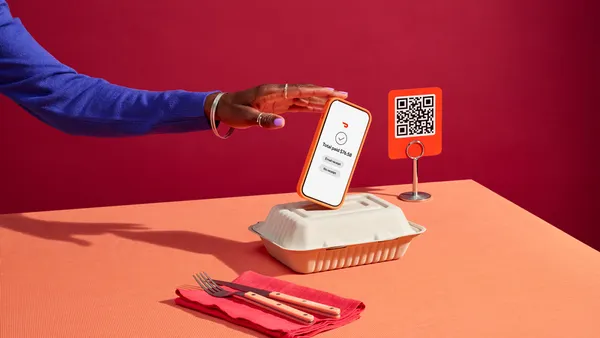Dive Brief:
- Olive Garden grew its off-premise sales by nearly 20% over last year, with gains in delivery, catering and curbside to go, Darden CEO Rick Cardenas said Friday during an earnings call.
- Delivery order volumes increased week to week while boasting higher-than-average sales per transaction compared to curbside pickup orders, Cardenas said.
- Olive Garden began testing Uber delivery through its app and website in September, expanding it nationwide in February. Darden also began testing delivery in Cheddar’s Scratch Kitchen in March with a 10-store pilot.
Dive Insight:
A trend of consumers shifting from pickup to delivery orders could boost several hundred basis points to same-store sales going forward, BTIG said in a report emailed to Restaurant Dive. Olive Garden’s same-store sales were up 6.9% during fiscal Q4 2025 and up 1.7% for the fiscal year, according to an earnings release.
Uber Direct’s sales mix was about 40 basis points, CFO Raj Vennam said during the call. The channel made up 3.5% of total sales at Olive Garden during the fiscal Q4.
Same-store sales could ramp up further as Olive Garden promotes the channel, BTIG said.
“We expect this advertising support should drive incremental orders, above and beyond the 40%-50% incrementality the brand is already seeing,” the analyst said.
BTIG expects delivery could add several hundreds of millions of dollars to the chain’s sales with every $100 million resulting in 2% same-store sales impact. The analyst added that roughly 2% could be generated if 20% to 30% of existing small order takeout switches to delivery.
“While the profit impact will likely be neutral, optically, we believe it will bode well for Olive Garden as comps move higher,” BTIG said. “The delivery check is currently 20% higher than traditional small order takeout, providing a sales lift in addition to the optical impact of fees.”
In total, the same-store sales impact could be 3% to 5% over time with the addition of delivery, the analyst said.
Olive Garden is also benefiting from little overlap between dine-in and delivery guests, Cardenas said. The chain is seeing a higher guest frequency for delivery versus dine-in guests and a higher percentage are new or lapsed customers from pickup or dine-in, he said.
“Nearly 40% of our pickup consumers have tried delivery,” Cardenas said. “ On the consumer demographics, they are younger and [have] slightly higher income, which you would expect.”
Vennam said that if Uber Direct contributes more than it expected to sales, Darden expects to reinvest some of that into the business to boost long-term growth.
Darden said it has one other brand that it is considering for Uber Direct delivery, but it wants to make sure that the brands can provide an ideal experience for takeout. For one, the brand needs to have curbside space since it doesn’t want delivery drivers to come into the restaurants. Its Cheddars pilot has had mixed results with eight restaurants not gaining delivery because they couldn’t provide a great experience, Cardenas said.





